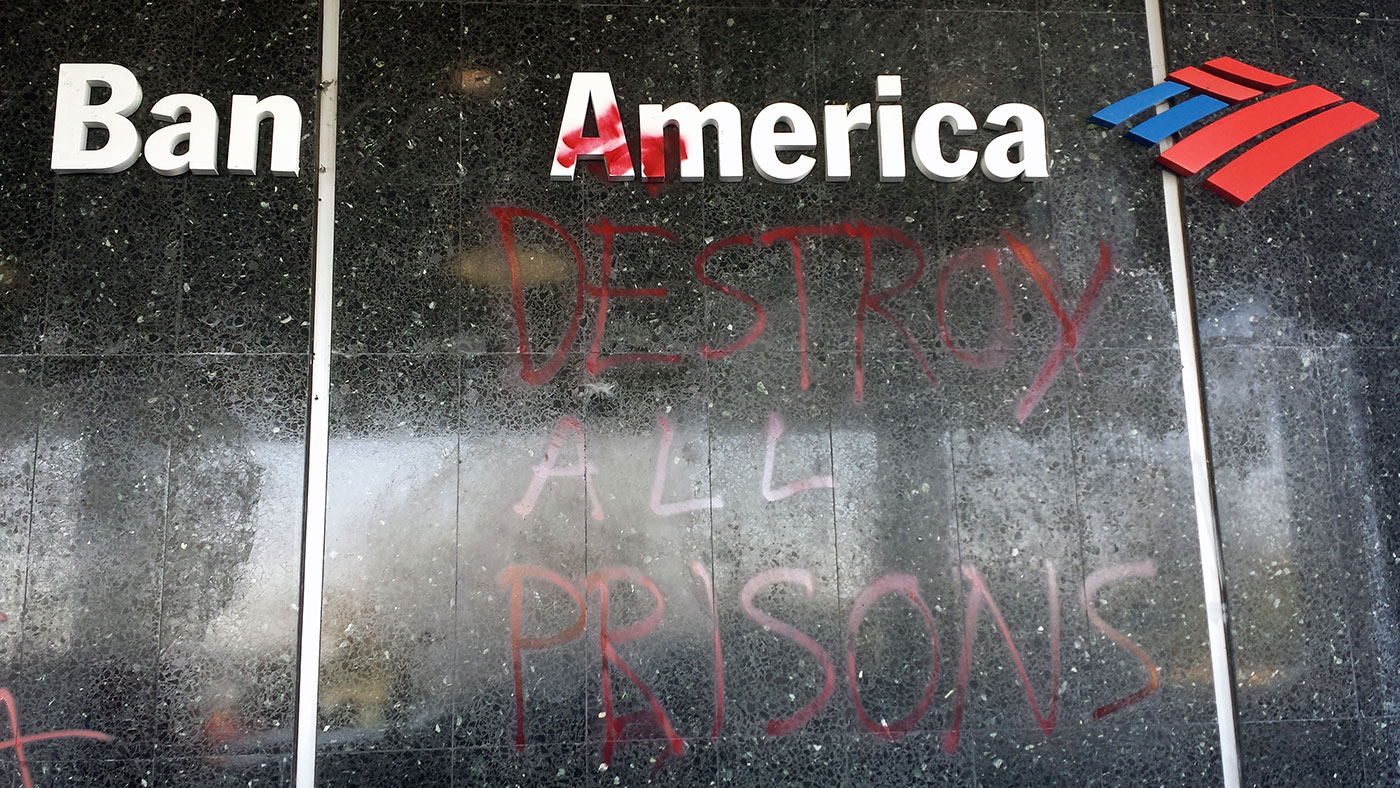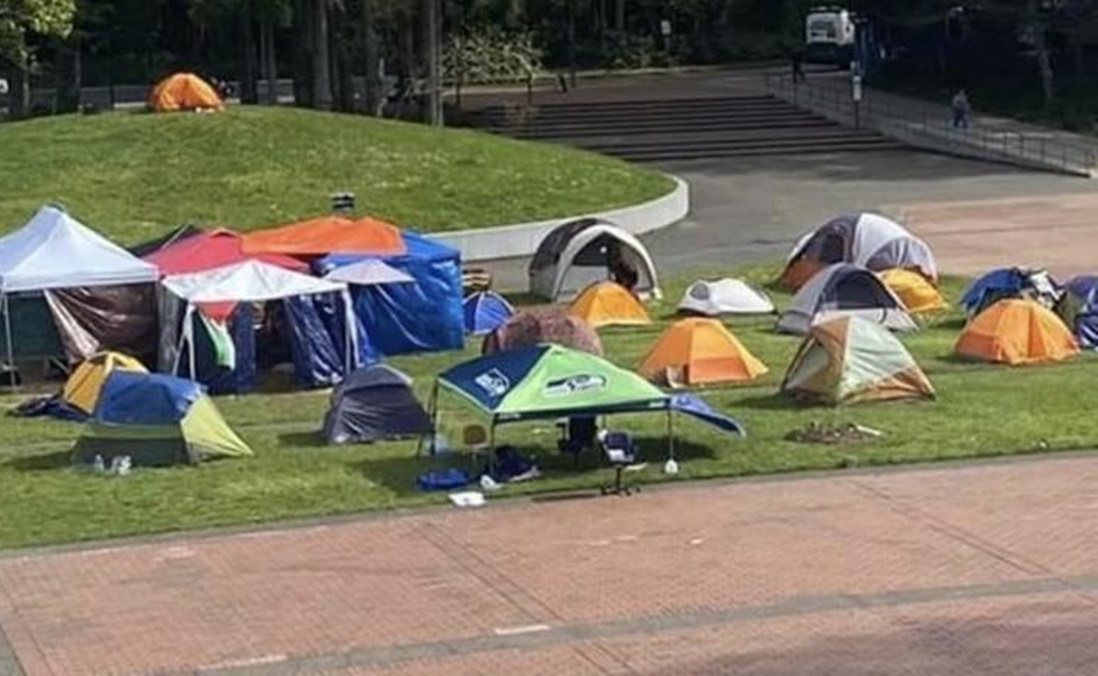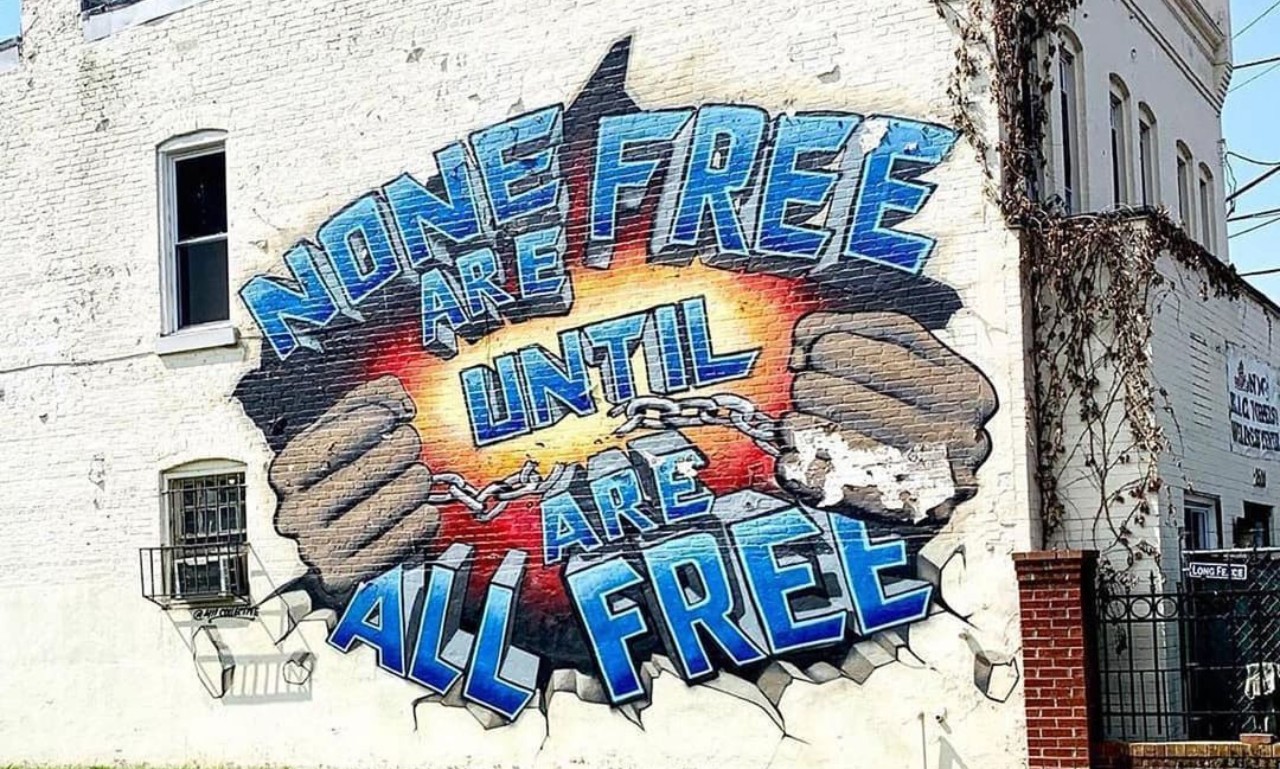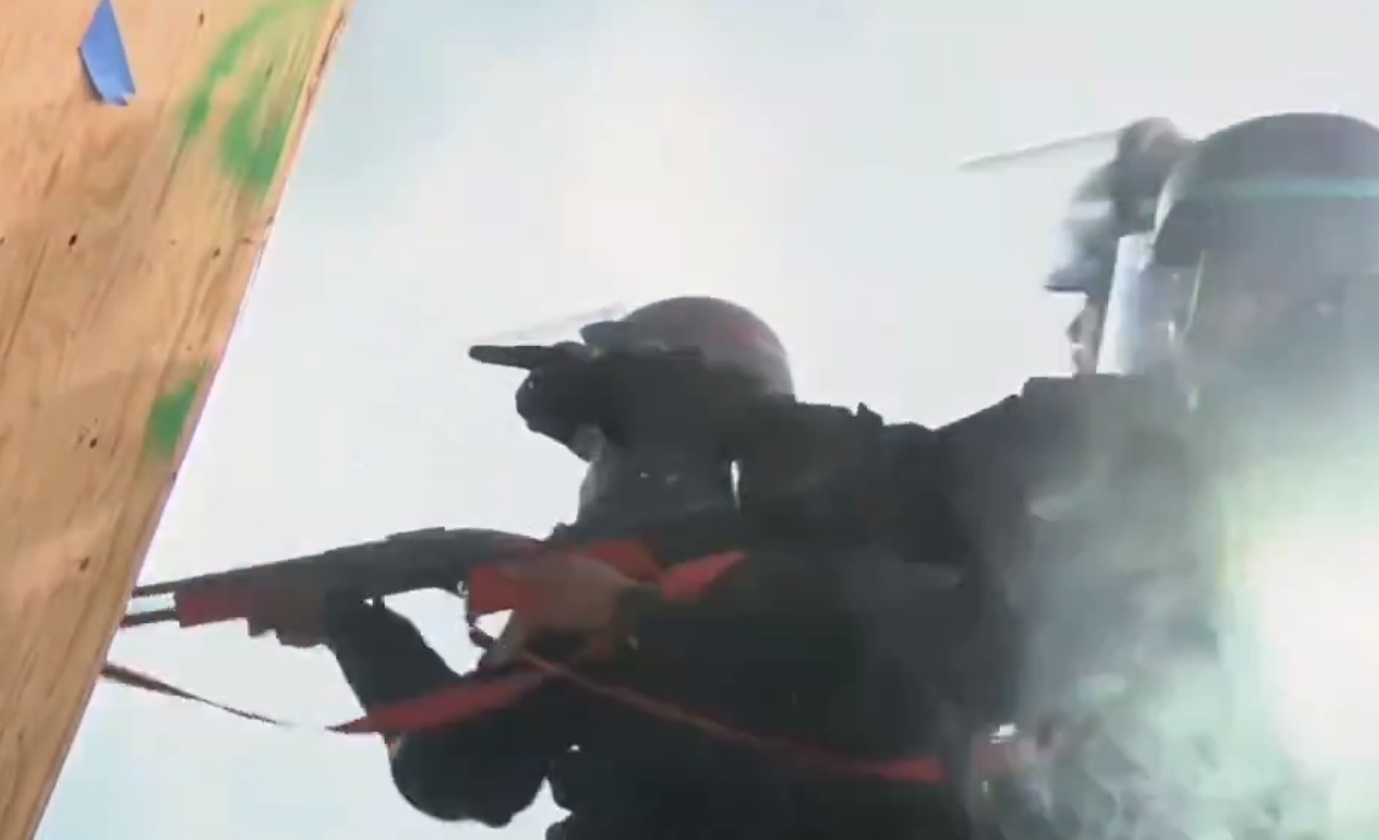Filed under: Anarchist Movement, Incarceration, Publication, US

Written by the Rustbelt Abolition Research Collective (a project of MAPS: Michigan Abolition and Prisoner Solidarity). When you’ve finished reading this text, please consider printing more copies and hosting a reading group in your community. Or, at the very least, pass this copy along to someone who might appreciate its perspective.
To download the zine, follow this link.
To print as a zine, open with Adobe and print as a booklet, double-sided, and “flip on short edge”.
Prologue:
In a small town in Michigan’s Upper Peninsula, about an hour north of the Mackinac Bridge, a 50-acre site surrounded by two perimeter chain-link fences, monitored with electronic security devices, topped with razor-ribbon wire, and patrolled by armed personnel holds 1,200 people that have been labelled criminals. They are fathers, husbands, workers, activists, comrades. Many of them are from the Detroit area. This means they are held 5 hours from their homes. This prison is named Kinross Correctional Facility. It is part of an archipelago of similar facilities found across the state of Michigan and holding a total of 43,000 prisoners.
On September 9th, 2016, with the go-ahead given by some of the Kinross prison officials, the prisoners organized a work stoppage in which no person went to their assigned jobs. On the following day, September 10th, they organized a peaceful demonstration to draw attention to the inhospitable conditions of the facility. But the prison officials lied through their teeth and responded with violence. Despite the Michigan Department of Corrections’ attempts to cover up the repression that followed, we now know that a tactical team descended upon the prison armed with rifles. These cops ripped hundreds of men out of their cells, ziptied them, and left them in the prison yard for hours in the middle of a rainstorm. The suppression of the rebellion cost the state upwards of $900,000. And now many of these prisoners are facing two years in solitary confinement. Suddenly the national spotlight was shined on these people and the conditions that spawned their rebellion.
But these conditions were not created overnight. The growth of prisons in Michigan, as in the broader Rustbelt region, is a response to decades of crisis. To understand the Kinross Rebellion, and to build a stronger movement of resistance to state violence, we must look at the history of the rise of mass incarceration in the Rustbelt region and analyze the specific reasons for this growth of State control and repression.
To read all eight chapters, download the pdf.





